Cousin's Feast
Contributor
Not Urban
“And these women – they think about nothing else but city lights!” says Mr. Mića’s cousin cynically, while arranging the last pieces of cutlery for the banquet in honor of Archangel Gabriel, alone, and worried if his wife will find liking in his cooking and feast preparation, and if she will ever return home at all. With him sits Mr. Mića, silently listening to his cousin’s endless rambling.
This is the opening scene of a road-movie-docufiction, that follows an alien character through his exploration of a world beyond urbanization – rural life in the Balkans, stagnating existence on the verge of marginalization in a system of transition, family bonds beyond emigration, and a predominantly male world. He is forced into a journey through – to quote Iggy Pop – the city’s backsides, in an ordinary vehicle, with an unknown man, and a destination that is no more.
What is also no more, is the continuity of a millennia-old rural civilization, or less oxymoronic, rural culture. Peasantry has been declared dead, and only remnants of it prevail in certain parts of the world, while in other parts agriculture is already highly mechanized, and villages remain only as suburban settlements, or serve as disneylandified attraction for urbanites, who wish to delight in the idea of a bygone, primitive society. More likely, however, villages remain deserted, or, at its best, as weekend-destinations for the descendants of the one generation that left peasantry behind – until these get fully absorbed into global dynamics too, and forget the ties to their very own ancestral mud. In the village in the above mentioned short film, the men are preparing the festivity amidst a field. Their choice of location might hail from the once communal act of ploughing and harvesting, and socializing – fields, pastures, and orchards were once central locations of their families’ work and communal engagement. Today, the fields around their banquet are most likely machine-worked by one single person engaging in large-scale agriculture, even in southeastern Europe. Almost everyone else is gone. If it wasn’t for their memory, they could have easily chosen a restaurant, a park – their children might already do so.
With the abolition of savage societies and peasant societies, and their remnants integrated into industrial society, the community bound together by common norms vanishes and is replaced by the formal construct of civil society, in which self-interest is the primary justification for membership 1 . German sociologist Ferdinand Tönnies classifies these conceptually as Gemeinschaft and Gesellschaft – the former has historically often been labeled as reactionary and in conflict with innovation 2 . Peasantry was most likely to remain aside from global dynamics, difficult to approach and proselytize, suspicious of the wider socio-political system it is embedded in – with particularly the land-owning peasantry often to be the bogeyman for various ideologies due to their reactionary stance towards change. Other than the ever-growing city’s dweller, who is an emancipated individual within a formal societal construct that aims to ensure social security, economic growth, and rationality, but who remains alienated from the Gemeinschaft, a collective identity based on communal action, kinship, sentiment, and mythology – a concept which will remain as archaic idea known from literature and historicist films one day. Some might view these developments as a necessary step to a larger process of revolution: Karl Marx claimed the countryside’s subjection to the bourgeoisie’s rule to has rescued millions, billions, from rural isolation, by drawing them into cities for industrial work – a necessary step towards a social revolution in which the proletariat overthrows the bourgeoisie – but peasantry would be one of society’s reactionary factors, that in a class struggle would only fight for saving its own status as fraction of lower middle class 3 .
After feudalism, fascism, communism, and capitalism, Mr. Mića’s cousin’s main concerns are still his runaway wife, the pears and plums in the fruit garden he fosters, and the priest’s belated arrival to bless the feast banquet. His children will already have more urban concerns. This might be the reasoning in Patrik Schumacher’s mind when he would call the focus on the countryside a waste of time, along with his understanding of the rural as culturally retarded, and capitalism as driving force for the establishment of urban high culture. Schumacher quotes Marx and Engels to support his assertion about the rural’s communicative poverty and cultural retardation4 . This reinterpretation of the Communist Manifesto extends Marx’ critique of peasantry’s political nature to a critique of its cultural value. Despite these differences, in both cases the countryside is deemed an obsolete factor. In 50 years, no one will be left in villages – more precisely, no peasants will be left (suburbanized villages shall not be our concern) – and architecture shall be profitable. Hence, the millennia-old rural-urban continuum might run the risk of being discontinued – yet the often-envisioned end of history will probably not arrive, and civic society might not be the definite form of human coexistence. If we shall be concerned with the continuity of rural civilization, or its hypothetical reemergence in some future history, we might consider stepping aside dry academia, scientific analysis, and profit – established architectural practice – and consider how to tie back to some of the longest lasting cultural identities, and to acknowledge its defining contribution to our contemporary identities. The entrance of rurality-related vocabulary into everyday speech, at least in Europe, witnesses a rather derogatory stance of the wider society towards the countryside: peasant as slur. Mr. Mića, his cousin, and the alien protagonist will go down in sociological books that might elaborate on the circumstances of a vanished world, but it would require the continuity of tradition and mythology for their Gemeinschaft to sustain, and these were, if practiced, passed down by more abstract means, personally, and without mediator. But the wife of Mr. Mića’s cousin will not return to the village, nor will their children, who by now live in Oslo and Helsinki, where they might keep celebrating Archangel Gabriel, or they might not.
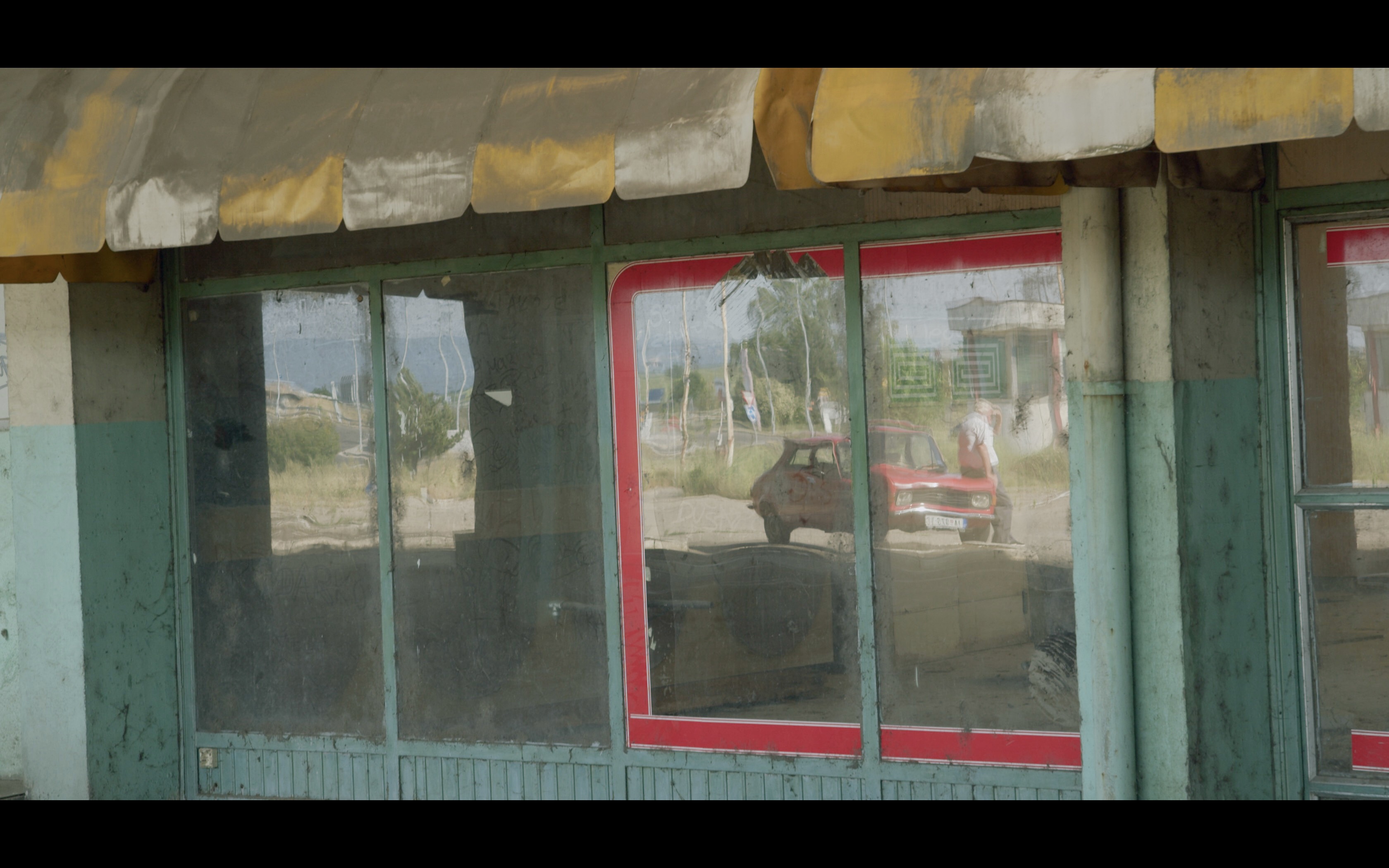
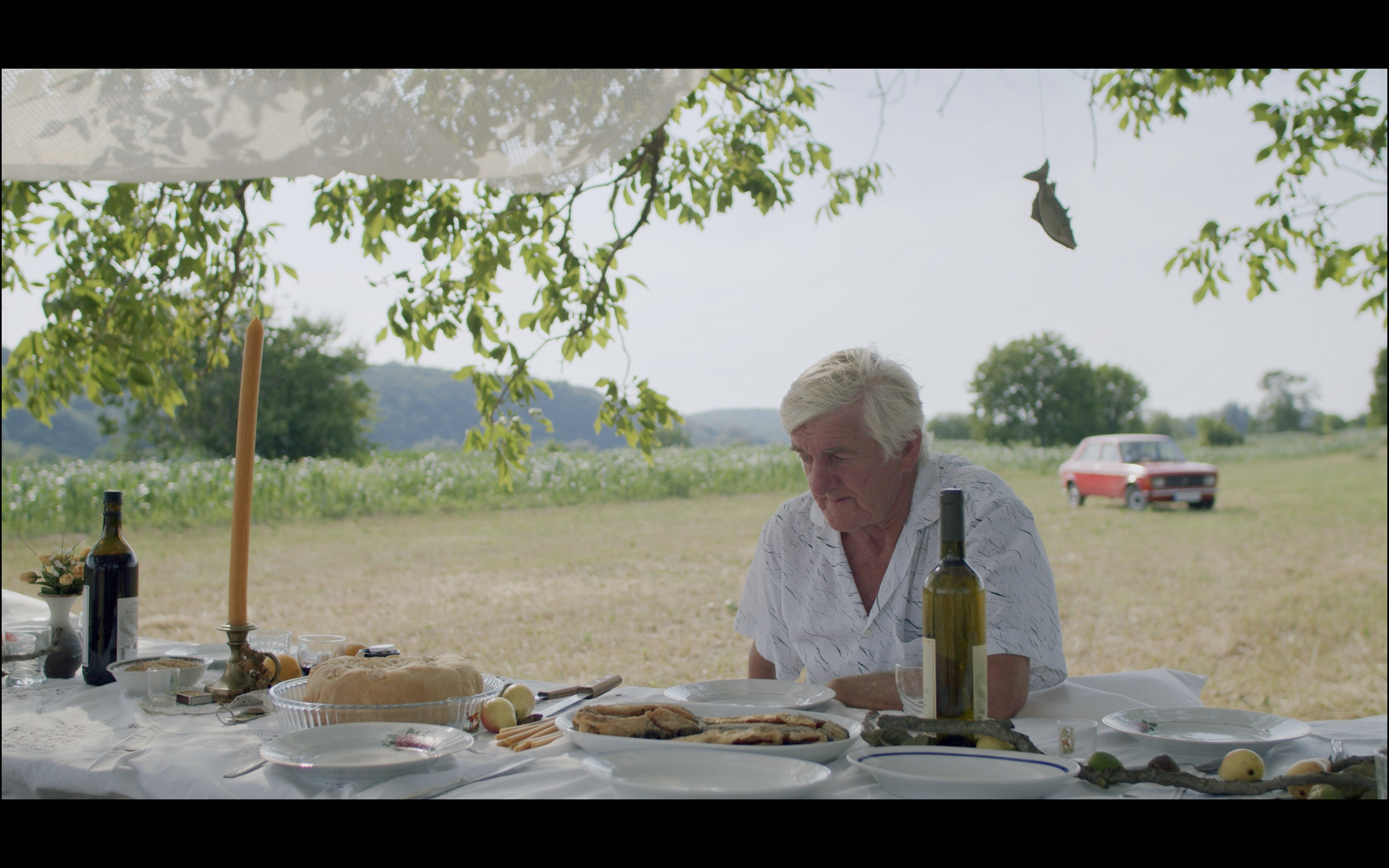
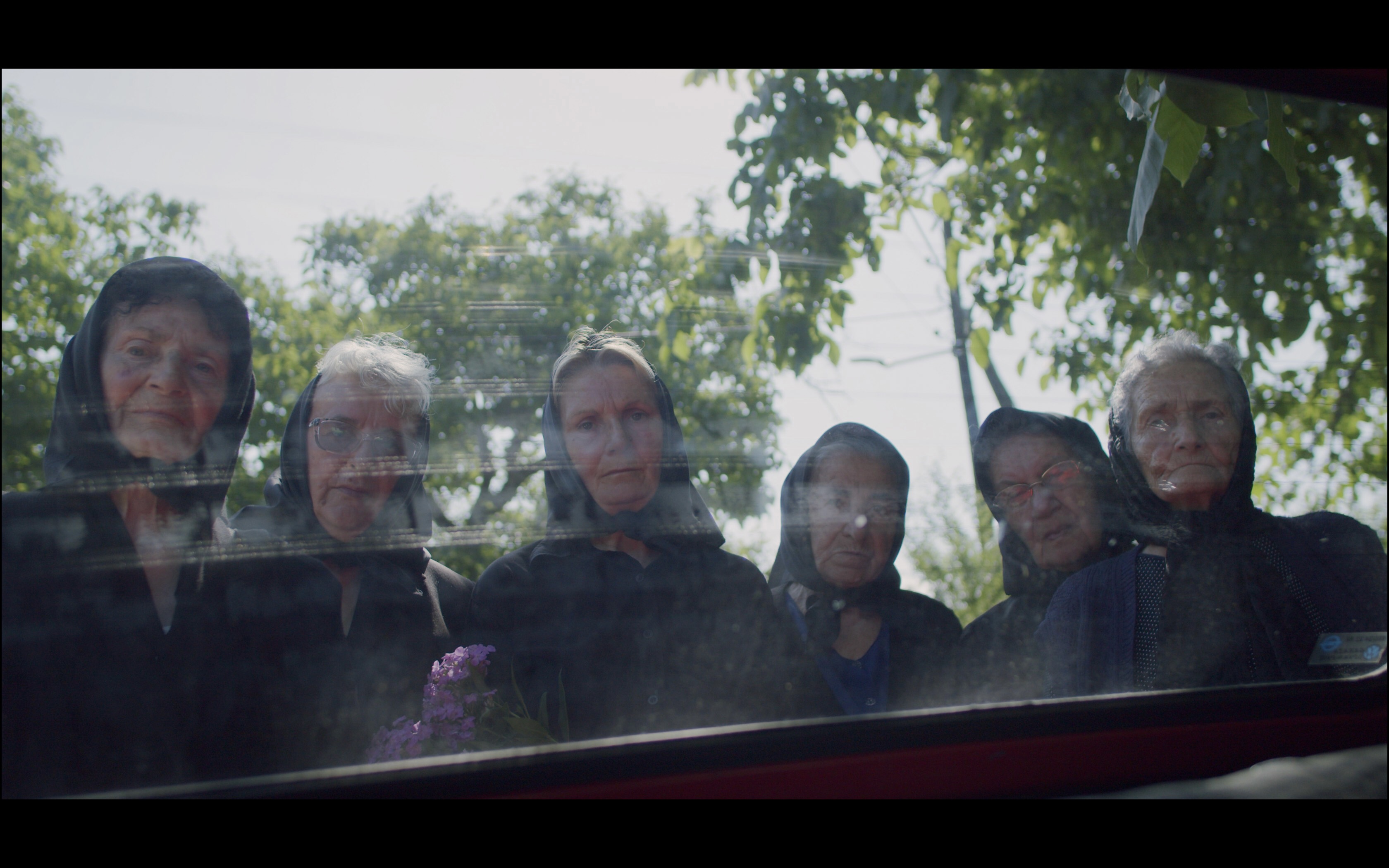
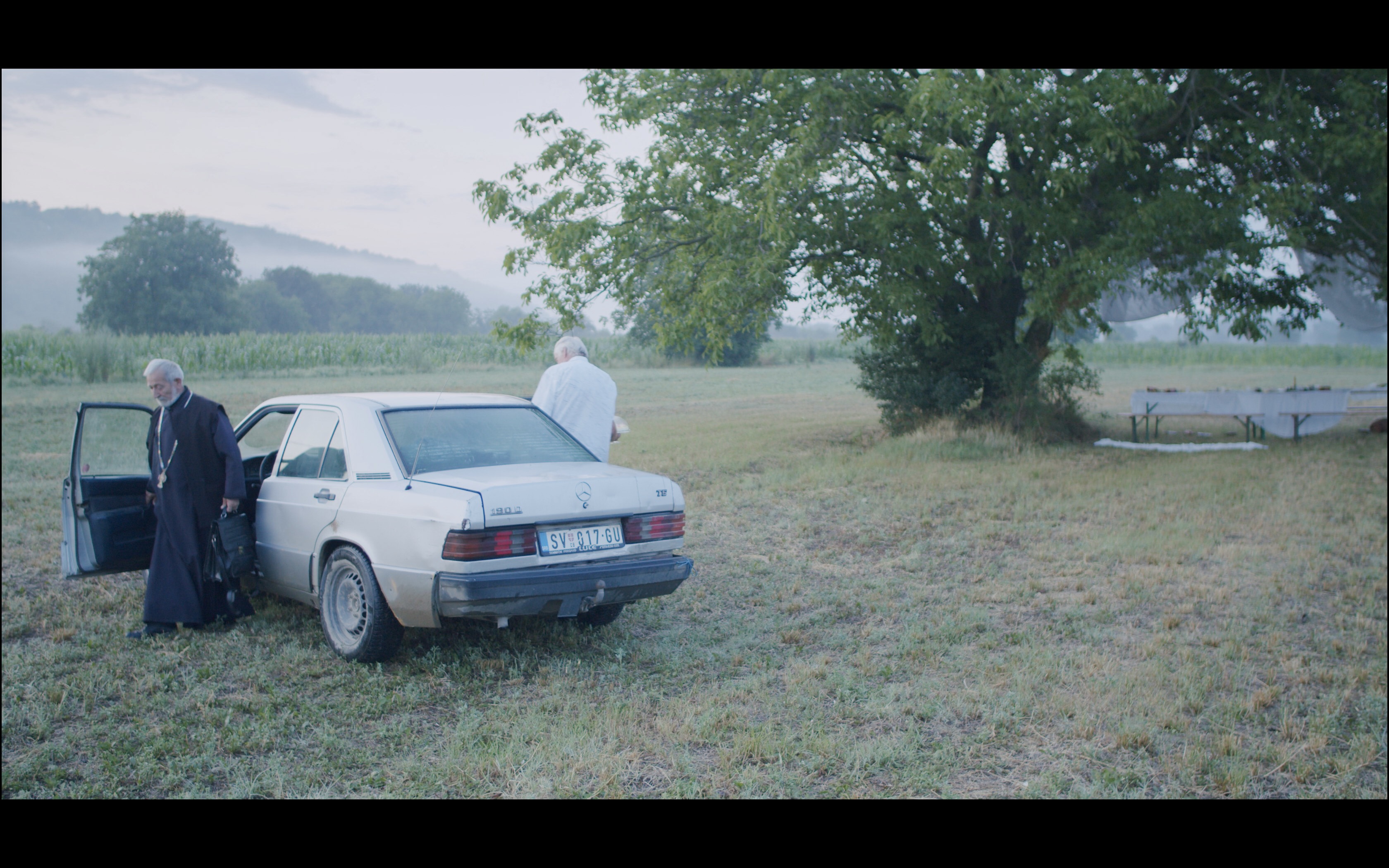
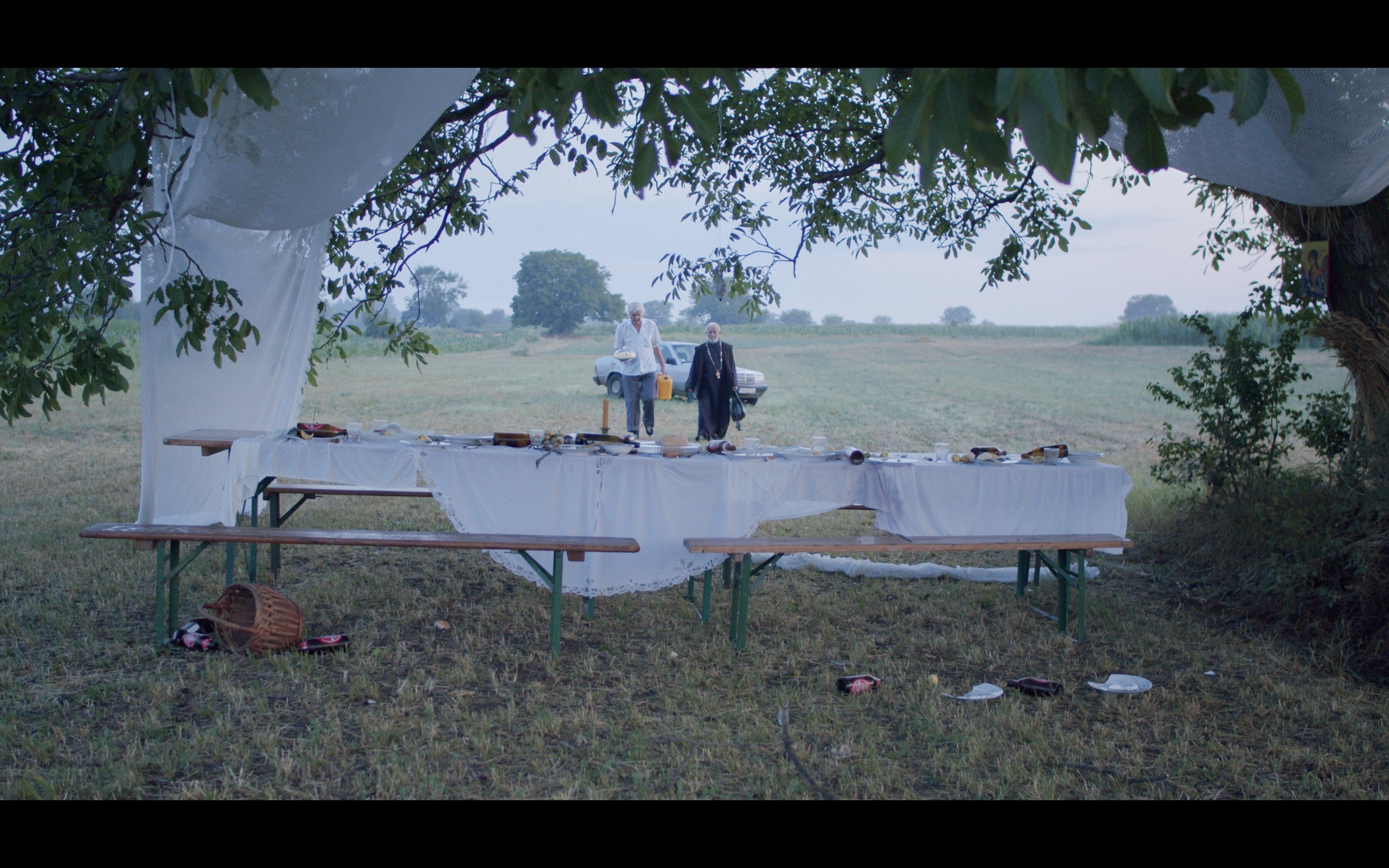
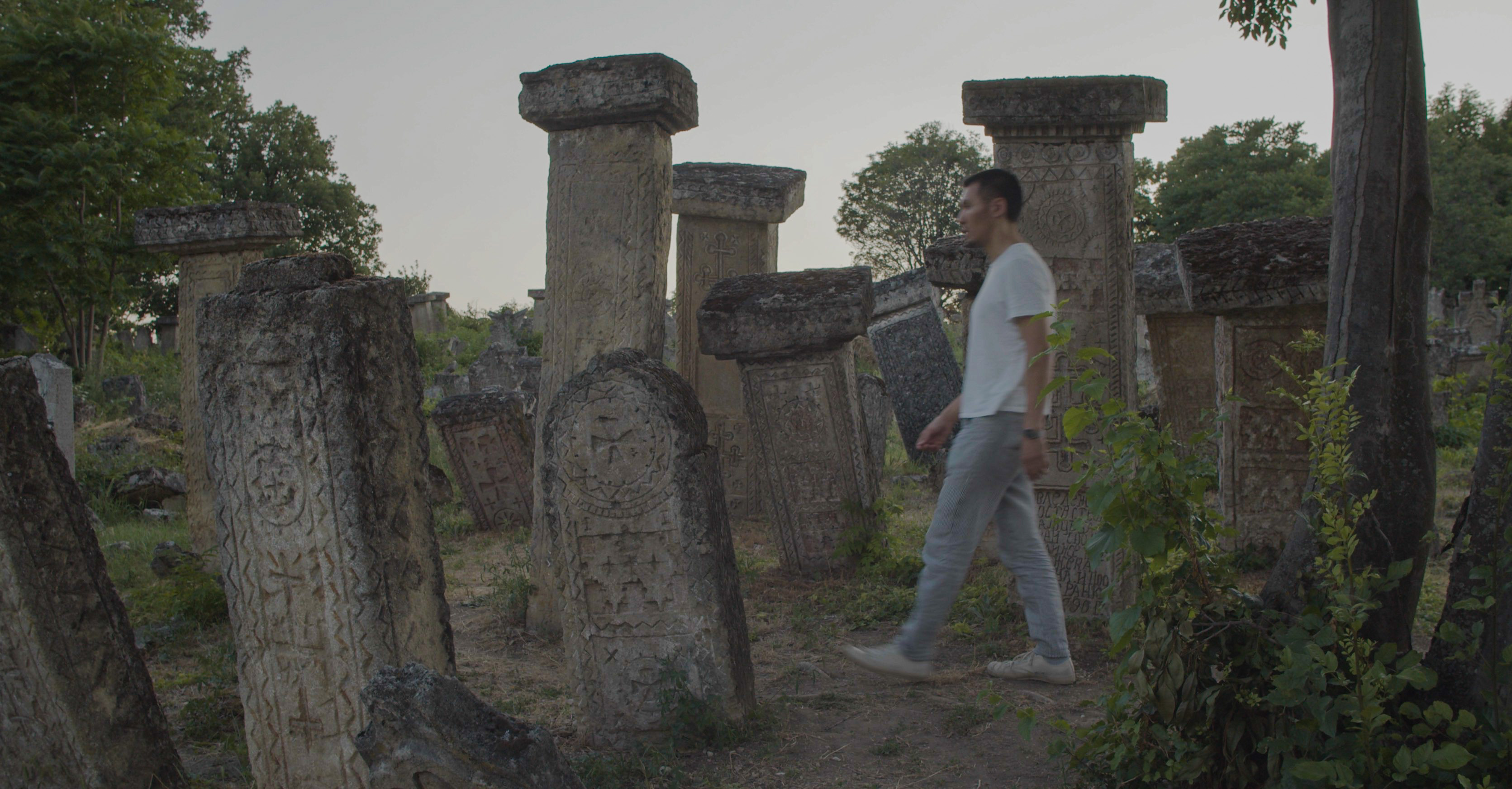
- Tönnies, Ferdinand. Tönnies:Community and Civil Society. Cambridge: Cambridge University Press, 2001. Accessed October 31, 2021.ProQuest Ebook Central. ↩︎
- Adler, Paul S. “Community and Innovation: From Tönnies to Marx.” Organization Studies 36, no. 4 (April 2015): 445–71. https://doi.org/10.1177/0170840614561566. ↩︎
- Marx, Karl, and Engels, Friedrich. The Communist Manifesto. New Haven: Yale University Press, 2012. Accessed October 31, 2021. ProQuest Ebook Central. ↩︎
- Schumacher, Patrik. “Don’t Waste Your Time in the Countryside.” Architectural Design 86, no. 4 (2016): 128–33. https://doi.org/10.1002/ad.2078. ↩︎